Autism and communication: Defying the odds
By Róisín Delaney, Woman’s Way.
When Enda and Valerie Dodd had their twin boys almost 20 years ago, like many parents they felt everything was falling into place. As twins Conor and Eoin grew something wasn’t right. With two innovative parents and a sparkle of Disney magic, the family’s dreams of conquering autism grew to be more than a fairy tale.
Living in Galway with their mom Valerie and dad Enda, Conor and Eoin are 19 and lead an impressive life, far beyond what the doctors of their childhood ever expected them to accomplish. When they were children, both boys were diagnosed as being highly autistic, so their parents decided to do something about this. “There was a lot of confusion. They had been misdiagnosed for a start. They (the doctors) should’ve picked up on the hearing loss because they were born with this. They went through developmental checks and it wasn’t picked up. Then there were issues with otitis media, (a group of inflammatory diseases of the middle ear) surgery for the boys and then there was a case of the language wasn’t coming”, she adds.
Valerie and Enda were told not to worry about their sons not being able to communicate when they first started Montessori, but Valerie’s instinct told her she had cause for concern. The years were just absolutely fog. It was a nightmare, according to Enda. “We had boys who were not learning to talk, they weren’t gaining communication; the months were just going by. The family made several trips to the US where they visited specialist centers for autism that simply didn’t exist in Ireland. From that we became to understand they were hearing-impaired. They were unable to process language, and neurological condition that really is autism. It prevented them from actually learning how to think in language. They also had a physical disability called dyspraxia, which even if they had language they would have been unable to speak”, Enda adds.
 With a clearer explanation for their son’s inability to communicate now established in the US, the parents decided to leave Ireland and moved to California. “That was coming up to the age of seven”, Enda says, describing the move as a “Hail Mary plan”. “I had the opportunity to travel and transfer to the US with my company. We really couldn’t do anything here and we were clearly losing the boys. Their emotional state was just tantrums. We decided to go to California because it’s about as avent guard as the US gets”. Valerie tells me that the move was the only chance for the boys. “We had access to ENTs and choice there. We had access to speech and language therapy and occupational therapy. We used that to the max. We just completely immersed in that,”she says.
With a clearer explanation for their son’s inability to communicate now established in the US, the parents decided to leave Ireland and moved to California. “That was coming up to the age of seven”, Enda says, describing the move as a “Hail Mary plan”. “I had the opportunity to travel and transfer to the US with my company. We really couldn’t do anything here and we were clearly losing the boys. Their emotional state was just tantrums. We decided to go to California because it’s about as avent guard as the US gets”. Valerie tells me that the move was the only chance for the boys. “We had access to ENTs and choice there. We had access to speech and language therapy and occupational therapy. We used that to the max. We just completely immersed in that,”she says.
I ask Valerie what it was like to move around the world to build a new home with Conor and Eoin at the time. While she says it was a full-time job, the move was priceless as it led to huge breakthroughs. They were growing up with their Disney movies and Disney songs and we got to a stage where we could see that there was nothing more to be had from the professionals there, she says and her husband agrees, saying they had exhausted their options in Ireland and the US. “By the third year coming onto the fourth year when they had made some progress – the core disability – thinking in language to be able to communicate and express themselves hadn’t come”.
With their options running out, the couple made a discovery at their California home with no doctor or lab coat in sight. “Val said to me, look, a lot of what we’re doing here is speech therapy. The boys are visual. They learn visually. Unless we radically change what we’re doing, we’re going to make very little progress.
The breakthrough.
 Enda and Val remortgaged their house and Enda left his job to focus solely on helping the boys prosper. The project Enda and Val began is Animated Language Learning (ALL) and it was inspired by Conor and Eoin’s love for Disney and Pixar productions. “It was animated films that eventually led to the boys being able to communicate and learn, something their doctors didn’t believe they would achieve. Valerie says, Enda was watching them watching the Disney films and I was kind of saying, how are they doing this?. Enda is the computer person so he said, “what if I started to breakdown the films the boys use and love to watch, let’s start using these to show them words and ideas and concepts”.
Enda and Val remortgaged their house and Enda left his job to focus solely on helping the boys prosper. The project Enda and Val began is Animated Language Learning (ALL) and it was inspired by Conor and Eoin’s love for Disney and Pixar productions. “It was animated films that eventually led to the boys being able to communicate and learn, something their doctors didn’t believe they would achieve. Valerie says, Enda was watching them watching the Disney films and I was kind of saying, how are they doing this?. Enda is the computer person so he said, “what if I started to breakdown the films the boys use and love to watch, let’s start using these to show them words and ideas and concepts”.
“They were seeing the images and saying words. They were using Google to search words like mountain, where 15 different images of mountains came up”. Positioned a short distance away from Silicon Valley, Enda met with the elite practitioners and researchers at the University of California, who then put him in touch with the likes of Disney and Adobe. “What I could see is that you could show a concept from video, anything from falling to being sad, Enda says as he explains they could then connect literacy. We could teach the boys how to phonetically express words. I sat down with the animators in Disney and explained what we were doing and why it appeared to be working. They helped us understand how their media actually does work”.
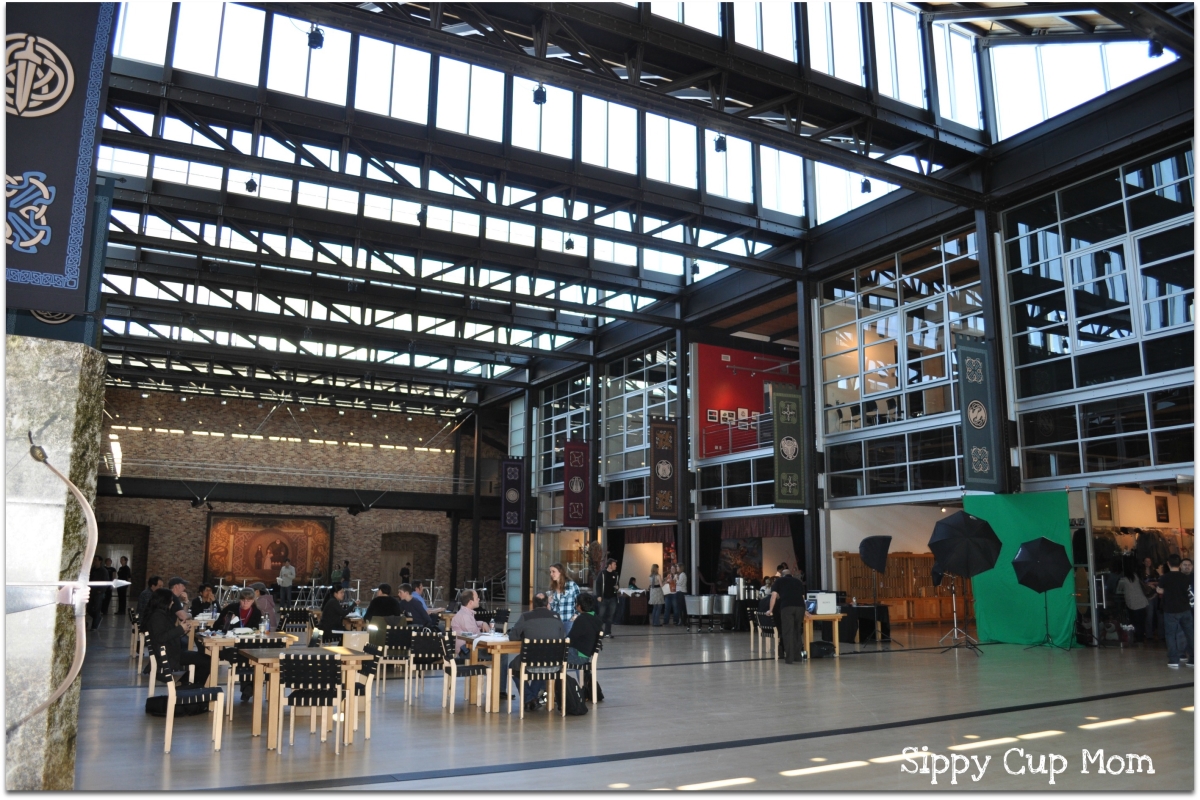 We came to a consensus about how the media was attracting the attention of the boys and how they were learning from it. Disney opened up their animators to us and Adobe opened up their whole research organization. They were asked to do whatever we needed, he says laughing because the story is rather unbelievable. We have found over the years is that there is huge interest in helping families like ourselves, all that’s needed is for us to articulate what’s needed, he adds.
We came to a consensus about how the media was attracting the attention of the boys and how they were learning from it. Disney opened up their animators to us and Adobe opened up their whole research organization. They were asked to do whatever we needed, he says laughing because the story is rather unbelievable. We have found over the years is that there is huge interest in helping families like ourselves, all that’s needed is for us to articulate what’s needed, he adds.
By the age of 10, both Conor and Eoin were still not showing signs of becoming verbal or literate but the animations helped enormously and have gone on to be a success story. “Eoin is now full time in the Presentation College in Athenry and is studying for his leaving cert. I was asking him the other day what he wants to do when he grows up and he said, ‘I never want to leave school’. Conor is quite different. He is much more on the technical side and he is now working full time at developing content. The content he develops is for children who now have the diagnosis that Conor once suffered from. That’s quite extraordinary”.
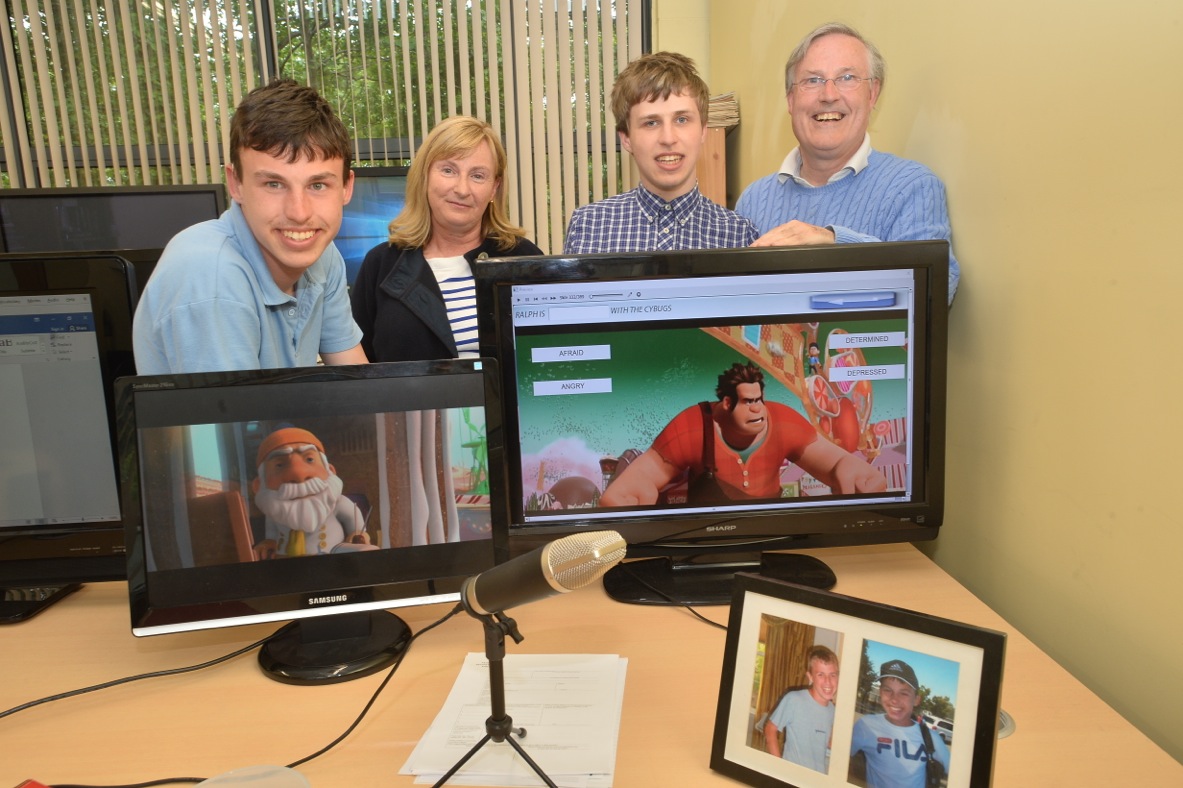 Valerie weighs in saying that while Conor is still not able to communicate verbally, he’s fully literate so we can write read and communicate at computers and via texting. As Enda tells me more about a ALL, I ask about their hopes for their sons futures. After all, they defied the odds once. Conor is already directing us toward software and computer science. Eoin is a social animal but is not as tetchy as Conor. I wouldn’t be surprised Eoin went towards a psychology degree and went down that route. Conor is a hard-core coder. We’d have to try and pull him out of the University backwards he says. The Dodd family and ALL are more than willing to help other families with autistic children, in the hope there’s a chance they can develop like Conor and Eoin.
Valerie weighs in saying that while Conor is still not able to communicate verbally, he’s fully literate so we can write read and communicate at computers and via texting. As Enda tells me more about a ALL, I ask about their hopes for their sons futures. After all, they defied the odds once. Conor is already directing us toward software and computer science. Eoin is a social animal but is not as tetchy as Conor. I wouldn’t be surprised Eoin went towards a psychology degree and went down that route. Conor is a hard-core coder. We’d have to try and pull him out of the University backwards he says. The Dodd family and ALL are more than willing to help other families with autistic children, in the hope there’s a chance they can develop like Conor and Eoin.


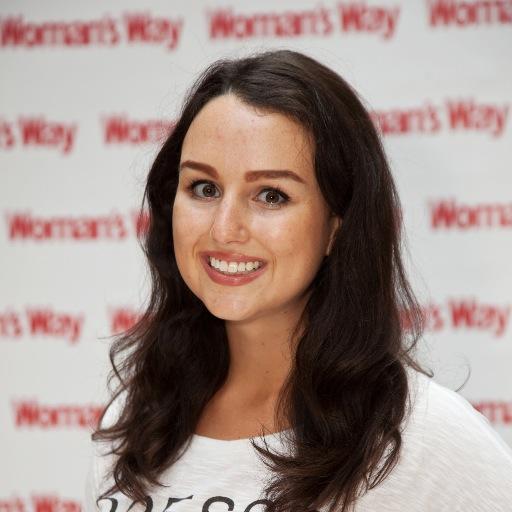
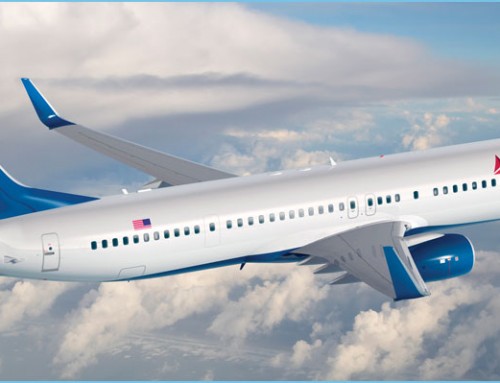
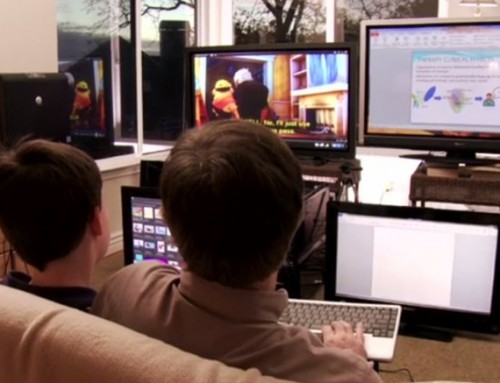
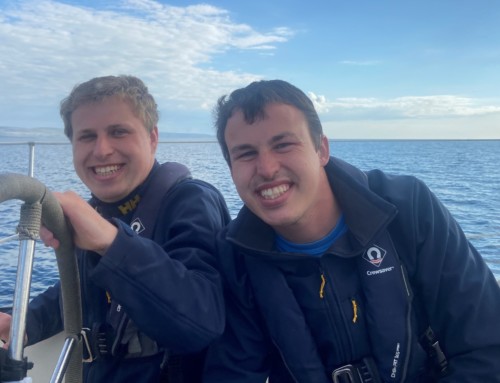
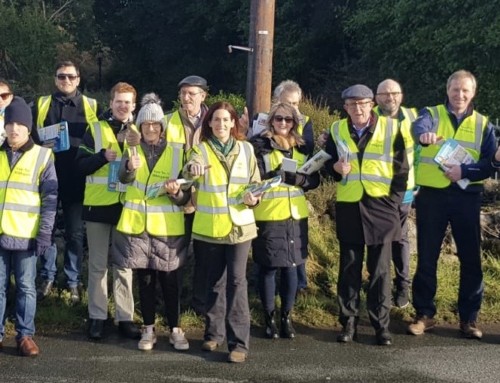
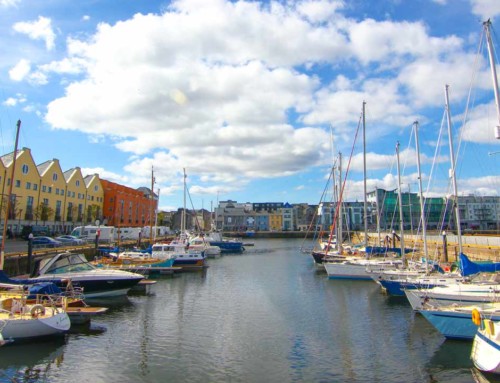
Leave A Comment